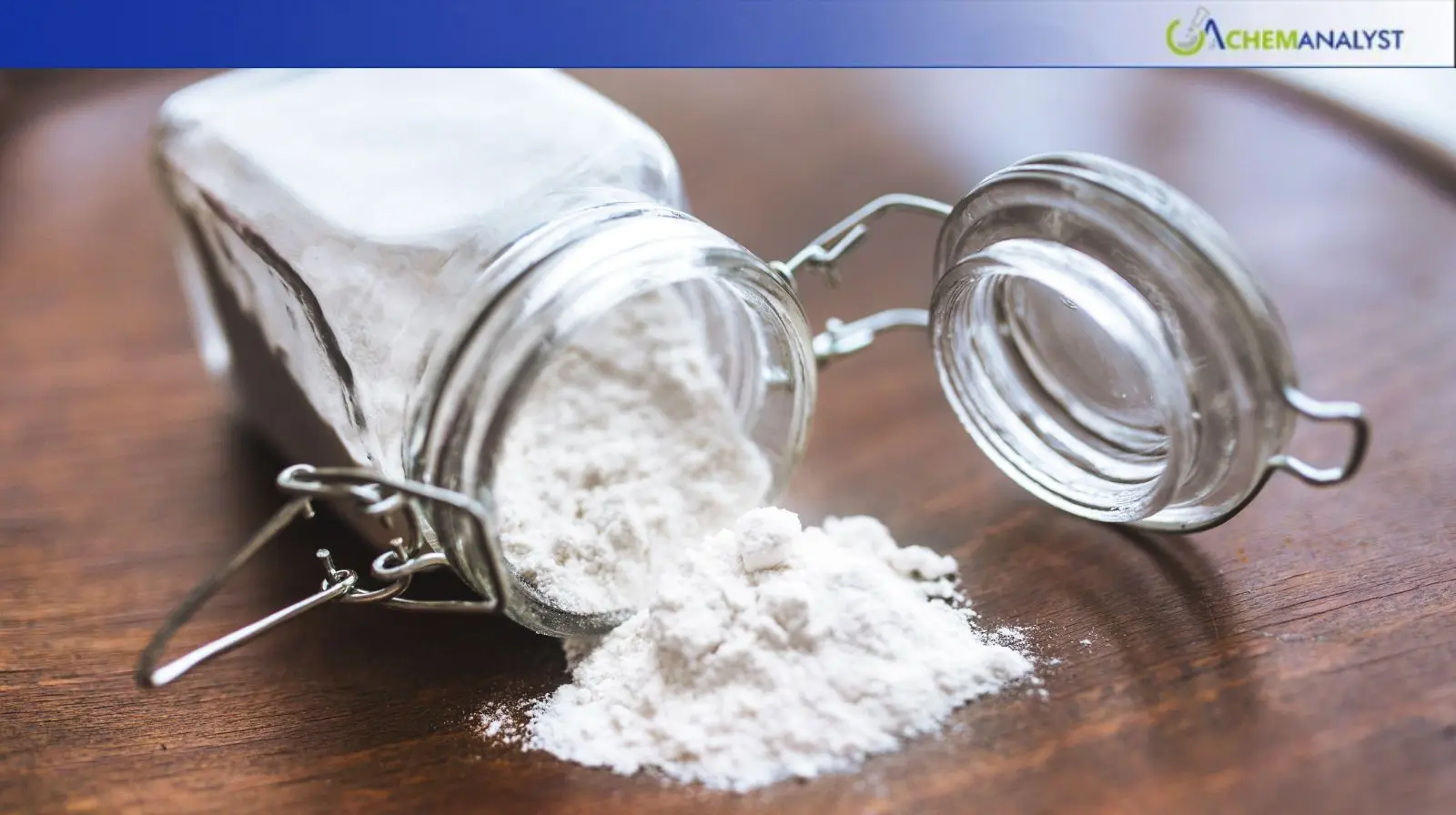Welcome To ChemAnalyst

In September 2025, US Penicillin G Sodium import prices dropped steadily after a previous rise. The price dropped due to enhanced production capacity in dominant exporting nations such as China and India, higher production due to stockpiling because of pandemic-driven spikes in demand, and decreased domestic consumption. Moreover, declining freight charges and a normalized global supply chain also helped the price decline as importers were able to purchase large orders at discounted rates. Analysts predict a continued decline, with an anticipated 0.4 percent drop by October and November 2025, supported by factors such as currency depreciation and heightened competition from new generic players in Southeast Asia. FDA approvals for new manufacturing plants in India are expected to increase supply. While hospitals benefit from lower procurement costs, local producers face shrinking profit margins, prompting diversification efforts. Economists foresee low prices persisting into early 2026 unless disrupted by geopolitical or regulatory shifts.
In the US market, based on the most recent industry trade publication and market player data available, Penicillin G Sodium import value fell by another 30 USD/MT in September, following a recent price increase observed for the past few months
Experts state, this price weakening to a mix of factors, such as rising production capacity in key export nations like China and India, as heightened factory capacity and rationalized regulatory clearances have aided output. The oversupply situation of Penicillin G Sodium has also been helped by a visible deceleration of domestic demand (need on the basis of only), as healthcare providers and distributors continue to sell through built-up Penicillin G Sodium inventory amassed during the supply chain disruptions brought about by the pandemic. Industry players note that the continued worldwide normalization of logistics, combined with declining freight rates, has also been presented to reduce the Penicillin G Sodium price to a level that is more economically feasible for importers to purchase notable quantities of Penicillin G Sodium at discounted prices.
Market analysts believe that the negative trend will continue soon, and there is a hope for another drop of 0.4 percent by October and November 2025. The expectation of continued softening is supported by different macroeconomic and sectoral trends.
Firstly, depreciation of the American currency against others has decreased American consumers' purchasing power and allowed them to concentrate on liquidating stocks instead of acquiring the new ones. Secondly, new market entry of generic players in the Penicillin G Sodium category, especially from Southeast Asia, has increased competition, forcing current participants to change their price tactics to keep market share. The U.S. Food and Drug Administration's recent greenlight approvals for two more manufacturing plants in India, both ready to commence large-scale exportations by early 2026, are poised to inject more Penicillin G Sodium supply into the market, further solidifying the bearish sentiments.
The price drop comes with a cost to all the stakeholders in the pharmaceutical value chain. Hospitals and clinics will most likely be beneficiaries with reduced procurement expenses, but local market producers of Penicillin G Sodium are threatened by eroding profit margins and some are exploring diversification into more specialty medicines or pricier antibiotics. Distributors, however, are rethinking inventory control procedures to avoid overstocking in a world where price volatility is still a threat. Industry groups also cited the impacts of advances in fermentation and purification processes, which have reduced production costs for Penicillin G Sodium for exporters, thus allowing them to cut prices and pass savings on to foreign buyers.
In the near future, the consensus among economists and pharma pundits is that the import price of Penicillin G Sodium will continue to be at a relatively low during the first quarter of 2026 unless there are any unexpected hindrances in the form of geopolitical tensions or regulatory policy shifts in leading production nations. The meeting of low Penicillin G Sodium supply, repressed demand, and beneficial currency exchange rates will serve to keep prices in check, which is a relief to healthcare systems that are otherwise under inflationary strain in the category of medical supplies.
However, stakeholders are cautioned to keep a keen eye out, as any sharp deviation in either global health emergencies or trade policy would quickly reverse the current market trend for Penicillin G Sodium. Meanwhile, the trend looks established, with September's 0.06 percent drop the most recent sign of a changing market, one where cost-efficiency and strategic procurement will be key to staying competitive.
We use cookies to deliver the best possible experience on our website. To learn more, visit our Privacy Policy. By continuing to use this site or by closing this box, you consent to our use of cookies. More info.
